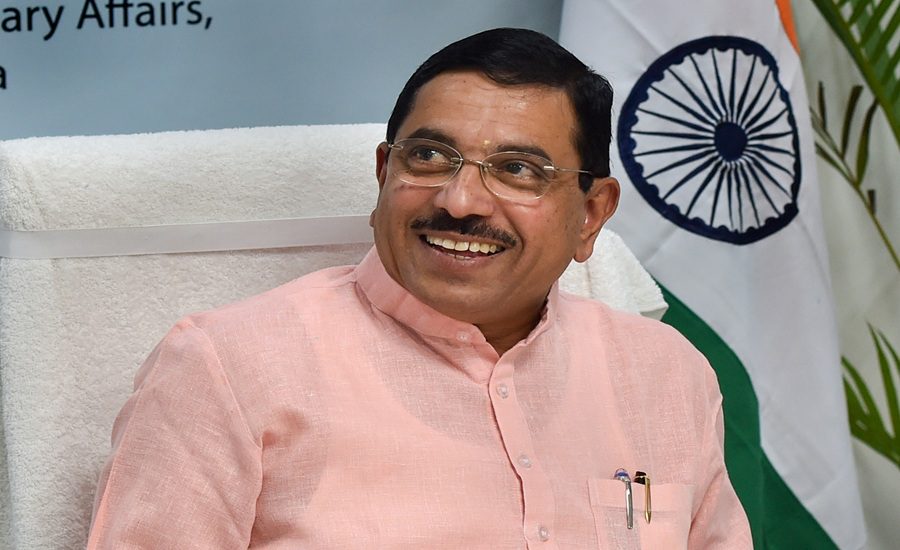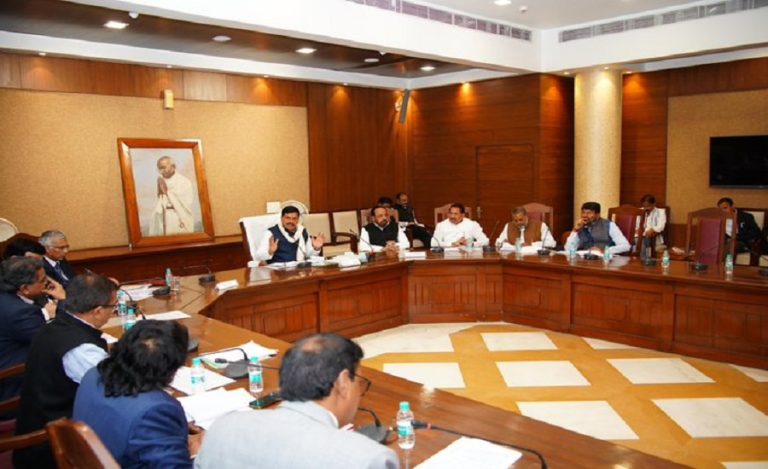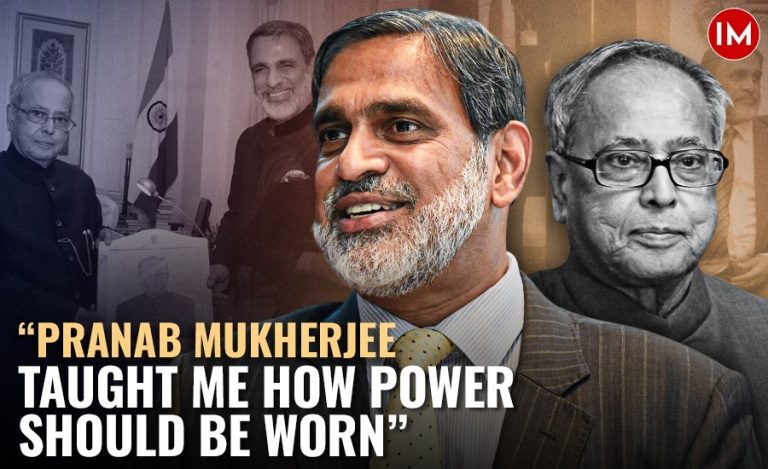New Delhi: India has reached a historic milestone by achieving 100 GW of solar PV module manufacturing capacity under the Approved List of Models and Manufacturers (ALMM). This achievement marks a dramatic rise from just 2.3 GW in 2014, underscoring the nation’s rapid progress in building a robust, self-reliant solar manufacturing ecosystem.
A Leap Towards Atmanirbhar Bharat
Union Minister for New and Renewable Energy Pralhad Joshi hailed the achievement as a testament to India’s renewable energy vision.
“India has achieved a historic milestone — 100 GW Solar PV Module Manufacturing Capacity under the ALMM, a remarkable rise from just 2.3 GW in 2014! Driven by the visionary leadership of Prime Minister Narendra Modi and transformative initiatives like the Production Linked Incentive (PLI) Scheme for High-Efficiency Solar Modules, we are building a robust, self-reliant solar manufacturing ecosystem,” he said.
He added that this accomplishment strengthens India’s pathway towards Atmanirbhar Bharat and the target of 500 GW non-fossil capacity by 2030.
Government’s Push for Solar Self-Reliance
The Government of India has undertaken multiple initiatives to position the country as a global solar manufacturing leader. Key measures include:
- PLI Scheme for High-Efficiency Solar PV Modules
- Policy interventions ensuring a level playing field for Indian manufacturers
- Infrastructure support and market access initiatives
These efforts have catalyzed the sector’s expansion from 2.3 GW in 2014 to over 100 GW in 2025, significantly advancing India’s clean energy transition.
ALMM Order and Industry Growth
The ALMM Order was issued by the Ministry of New and Renewable Energy (MNRE) on January 2, 2019. The first ALMM list, released on March 10, 2021, recorded an initial capacity of 8.2 GW across 21 manufacturers. In just over four years:
- Capacity surged more than twelvefold, crossing 100 GW.
- The number of manufacturers rose to 100, operating 123 manufacturing units.
The growth reflects contributions from both established players and new entrants, many adopting high-efficiency technologies and vertically integrated operations to compete globally.
Strengthening the Solar Future
This achievement positions India to meet domestic demand while contributing to global decarbonization efforts. MNRE reaffirmed its commitment to further strengthening the solar manufacturing ecosystem through policy support, infrastructure development, and innovation.
The Ministry will continue to work with industry stakeholders to ensure the solar sector remains inclusive, competitive, and future-ready.
Also Read: 97 GW New Coal Capacity in Pipeline as India Aims 870 GW Power Capacity by FY32: MoS Power Naik



























